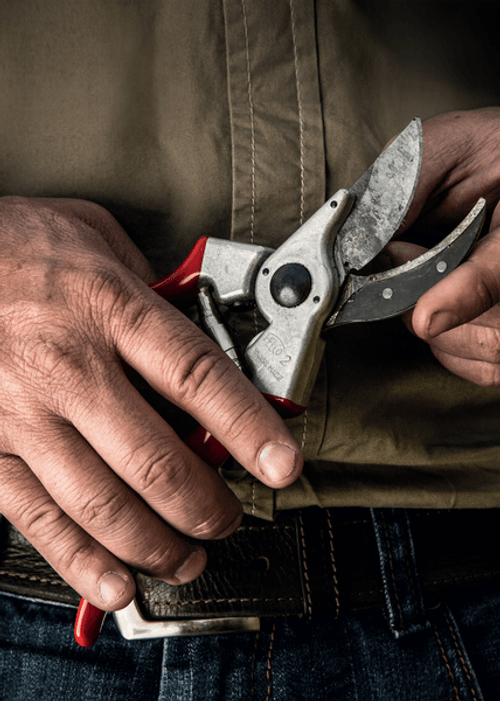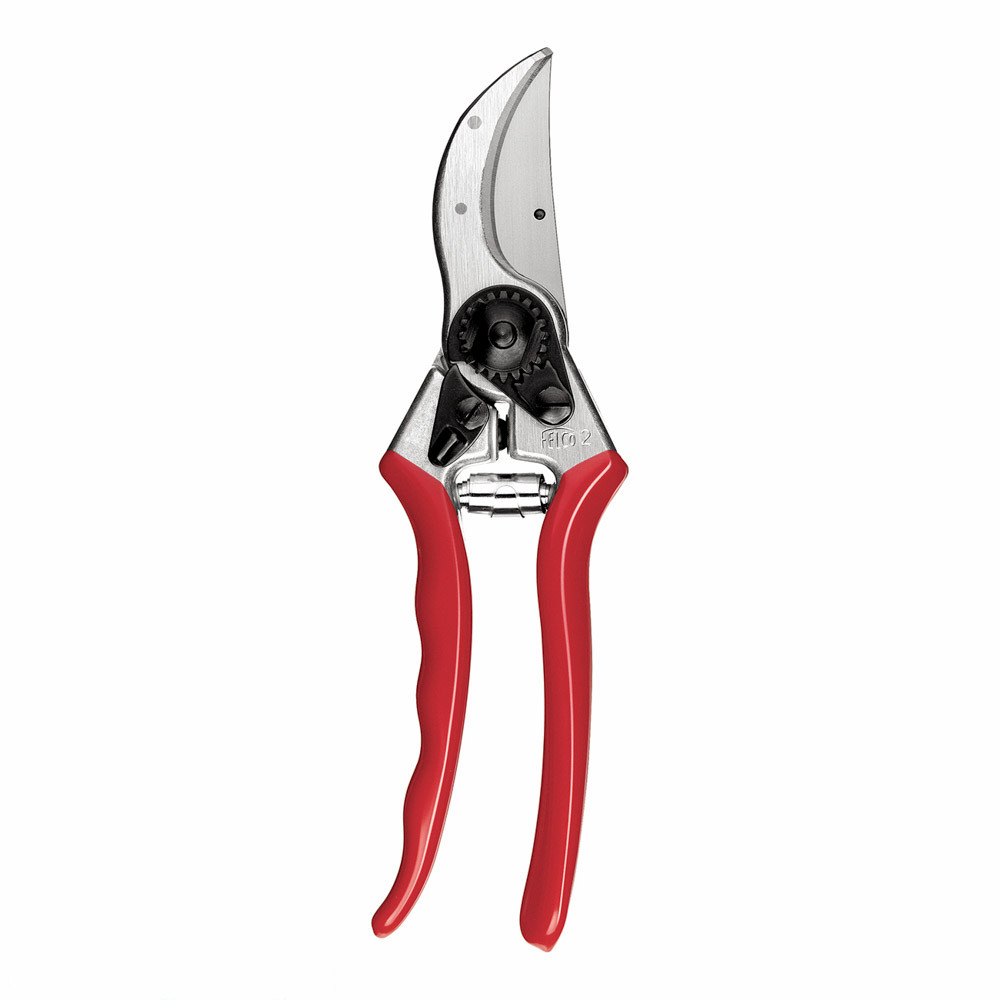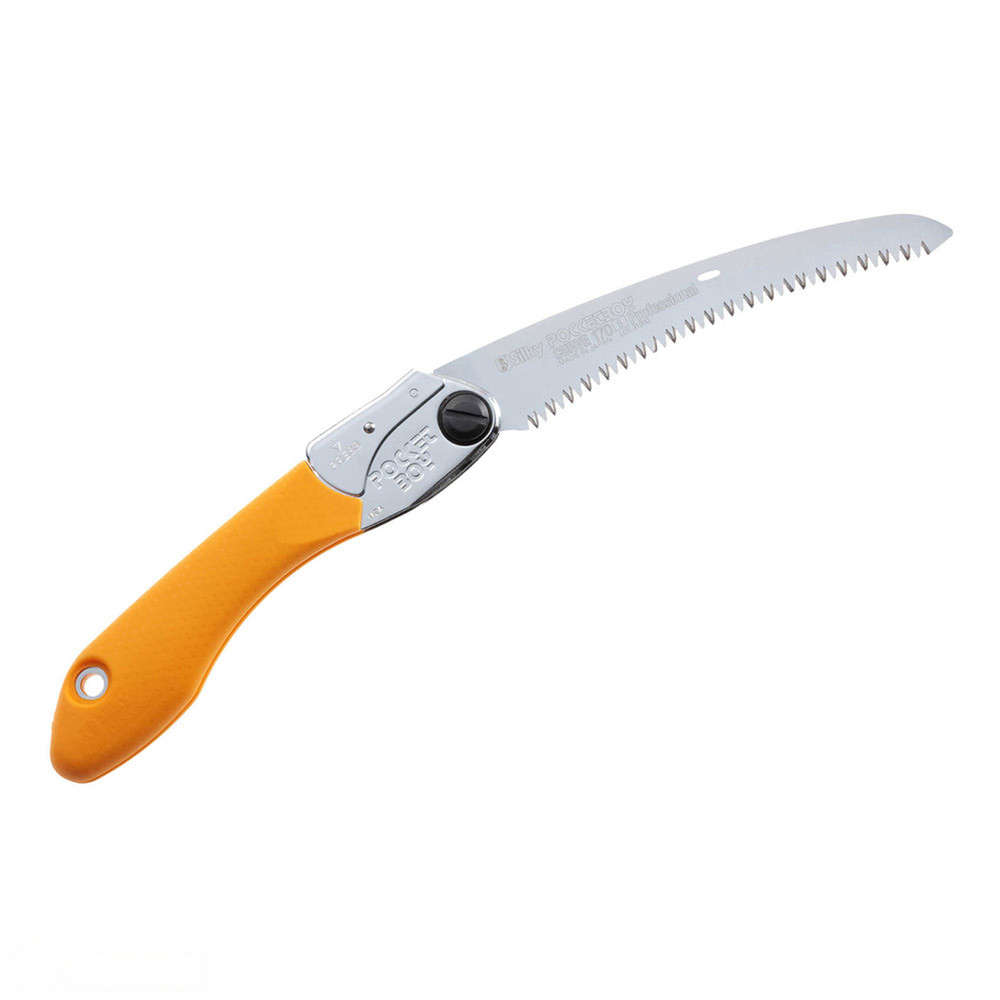
Pruning Deciduous Trees & Plants: The Science and Techniques for a Thriving Garden
Posted by Amber McCallum on 6th May 2023
Gardening enthusiasts, have you ever wondered about the science and techniques behind pruning your deciduous trees and plants? Pruning is essential for maintaining a healthy, thriving garden, but it's crucial to understand the underlying principles and methods to achieve the desired results. In this blog post, we'll dive into the science of pruning, explore various techniques and timing, and discuss the tools necessary for the job. By the end, you'll have a comprehensive understanding of pruning to help create a flourishing and productive garden.
The Science of Pruning Deciduous Trees and Plants
Assimilates and their role in plant growth
1. Photosynthesis and leaf colour change
Before we delve into pruning techniques, let's discuss some fascinating plant science. During the growing season, deciduous trees and shrubs undergo photosynthesis, converting sunlight, water, and carbon dioxide into energy (in the form of sugars and starch, also known as assimilates). As the season progresses and daylight hours decrease, the chlorophyll in the leaves breaks down, revealing the vibrant colours we associate with autumn.
2. Storage and movement of assimilates during winter
As winter approaches, deciduous trees and plants move these assimilates from the leaves into the stems and roots. This transfer leads to the eventual shedding of the leaves. Throughout winter, the assimilates are stored in the stems and roots, ready to be redistributed back into the new buds come springtime.
Pruning for rejuvenation
1. Winter pruning benefits
Winter pruning is the way to go if you want to rejuvenate a plant. By pruning during the dormant season, you leave fewer buds to be stimulated by the remobilized food reserves, leading to more vigorous growth.
2. Hormonal balance and vigorous growth
The increased growth after winter pruning is not only due to the higher reserves available for each remaining bud but also because of the altered hormonal balance caused by reduced shoot size.

Pruning for growth restriction
1. Summer and Autumn pruning benefits
If you'd rather restrict the growth of a tree or shrub, consider pruning in summer or early autumn. Cutting away wood during this time removes the assimilates still in the shoot system, resulting in less vigorous regrowth. This method is particularly suitable for trained fruit trees, such as espalier, as it discourages vegetative growth and encourages flower and fruit production.
2. Encouraging flower and fruit production
In summary, winter pruning leads to vigorous leaf and shoot regrowth, while summer and autumn pruning results in less leaf and shoot growth but increased flower and fruit production.
Pruning Techniques and Timing
Winter pruning for vigorous growth
To promote vigorous growth in your deciduous trees and plants, prune during their dormant period, typically in late winter or early spring, before new growth begins. Remove dead, damaged, or diseased branches and any that cross or rub against each other. Pruning at this time encourages a burst of new growth when the growing season starts.
Summer and Autumn pruning for controlled growth and fruiting
For controlled growth and better fruiting, prune in summer or early autumn. This timing is especially useful for fruit trees, as it can help balance the tree's energy between vegetative growth and fruit production. Be cautious not to over-prune, as excessive foliage removal can stress the tree and reduce its ability to produce fruit.
Summary of pruning techniques and their effects
Winter pruning promotes vigorous growth, while summer and autumn pruning encourages controlled growth and better fruiting. Assessing your garden's specific needs and goals is essential before deciding on the ideal pruning approach.
Tools for Pruning Trees and Shrubs
Hand pruners
1. Importance of quality and sharpness
A good pair of hand pruners is a must-have for any gardener. Invest in a high-quality tool to make your pruning tasks easier and more enjoyable. Remember, a sharp blade is crucial for clean cuts that promote healthy plant growth.
2. Recommended hand pruners: Felco 2 and Felco 6
The Swiss-made Felco 2 is a top-quality choice that should last a lifetime. It's perfect for pruning rose bushes, flowering bushes, and other plants. For those with smaller hands, the Felco 6 is an excellent alternative.
Loppers and pruning saws
1. Purpose and benefits of long-handled pruners
Loppers (long-handled pruners), like the ARS LPB-30M, and pruning saws like the Silky Pocketboy, are essential for larger cuts. These tools grant you the extra leverage needed to cut through thick stems and branches and allow you to reach higher and deeper into the plant.
2. Telescopic handled pruners
Telescopic-handled pruners like the Wolf Garten RR900T, help access hard-to-reach areas and deal with thick stems. They provide the extra cutting power needed while keeping you at a safe distance from thorny bushes.
Hedging shears and their uses
Long-bladed hedging shears, like the ARS KR-1000, are perfect for trimming evergreen shrubs and hedges. They enable you to create a neat, even appearance and maintain the desired shape of your plants.
Maintaining your pruning tools
Taking care of your pruning tools ensures their longevity and effectiveness. Sharpen your tools regularly, ideally once a week, with a sharpening stone to keep the blades in optimal condition.
Pruning Safety and Best Practices
Proper pruning techniques to avoid damage to plants
Always make clean, angled cuts just above a bud or node to prevent unnecessary damage to your trees and plants. This practice encourages healthy regrowth and minimizes the risk of disease.
Safety precautions when pruning
While pruning, be mindful of your safety. Wear gloves to protect your hands and use eye protection when cutting branches overhead. Be aware of your surroundings to avoid accidents, especially when using ladders or long-handled tools.
Environmental considerations and responsible pruning
When pruning, consider the local ecosystem and the potential impact of your actions. Be mindful not to disturb nesting birds or other wildlife, and avoid pruning during their breeding seasons. Adopt responsible pruning practices that promote plant health and contribute to a thriving, biodiverse garden.
Conclusion
Understanding and implementing proper pruning techniques can significantly enhance the beauty and productivity of your garden. By considering the science behind pruning, the appropriate techniques and timing for your goals, and investing in the right tools, you'll be well-equipped to care for your deciduous trees and plants. With this knowledge, you can create a flourishing garden that brings you joy and contributes to a healthy, diverse ecosystem. Happy pruning!



